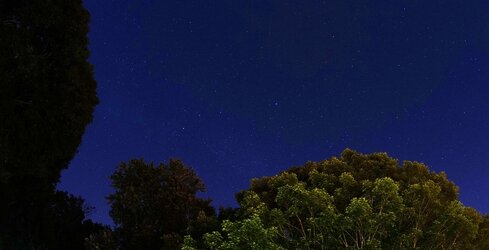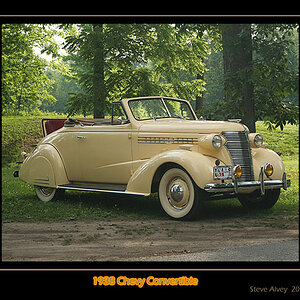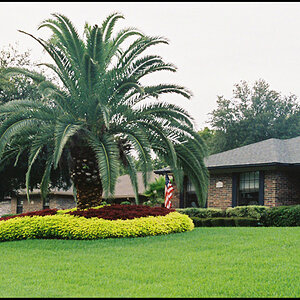qleak
No longer a newbie, moving up!
- Joined
- Dec 11, 2013
- Messages
- 629
- Reaction score
- 183
- Location
- Ohio
- Can others edit my Photos
- Photos OK to edit
The camera won't be able to AutoFocus on something Infinity distance away.
This is true when there isn't enough light, but your camera can't autofocus on anything when there isn't enough light!
Most AF lenses manufacturers don't have the hard infinity stop and autofocus works at infinity or at least as close to infinity as necessary (we can't ever see an object an infinite number of meters away the light would never reach us).
Again, in this case mute point. If the lens used has a hard infinity stop use it. If not hope there's a visable moon to lock your autofocus onto (for a wider lens at least). Try a test shot at 100% zoom and see if it needs adjusted.




![[No title]](/data/xfmg/thumbnail/34/34054-75057fa828bda4184ea808ff8bd8dfcf.jpg?1619736254)


![[No title]](/data/xfmg/thumbnail/34/34053-89f2960a2f30add00b9b4379abd6dd12.jpg?1619736253)
![[No title]](/data/xfmg/thumbnail/34/34148-864c8cb333c478b2dfb9e369908dc329.jpg?1619736320)
![[No title]](/data/xfmg/thumbnail/40/40288-4d5d7a8aa74ddfceb5fb82062d9b21be.jpg?1619739409)

![[No title]](/data/xfmg/thumbnail/34/34052-c6933243940b9ae3474b0a2abaa08312.jpg?1619736253)
![[No title]](/data/xfmg/thumbnail/37/37535-0e9dcff8bc21e85b84fa89af160ac8d5.jpg?1619738132)
